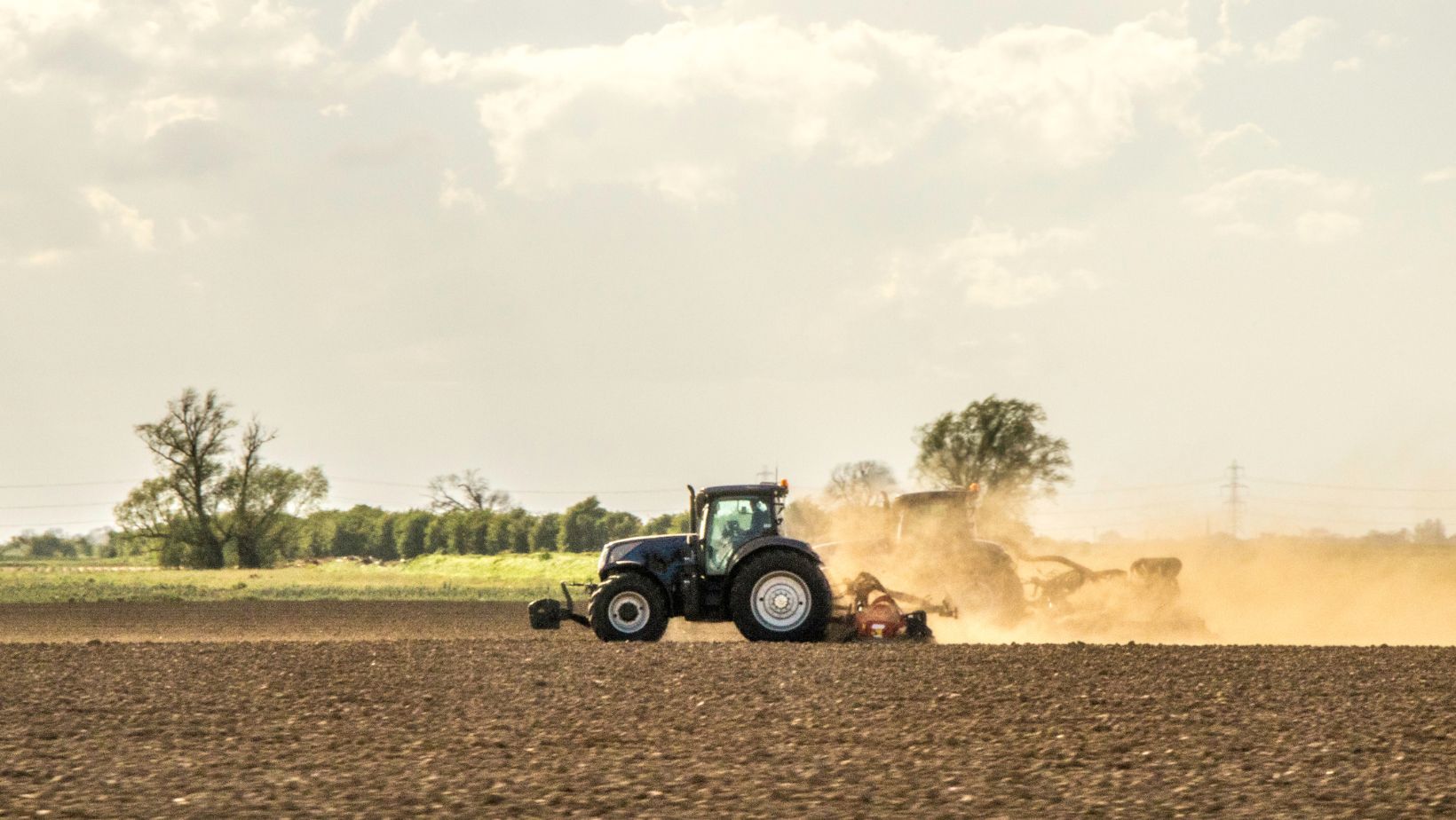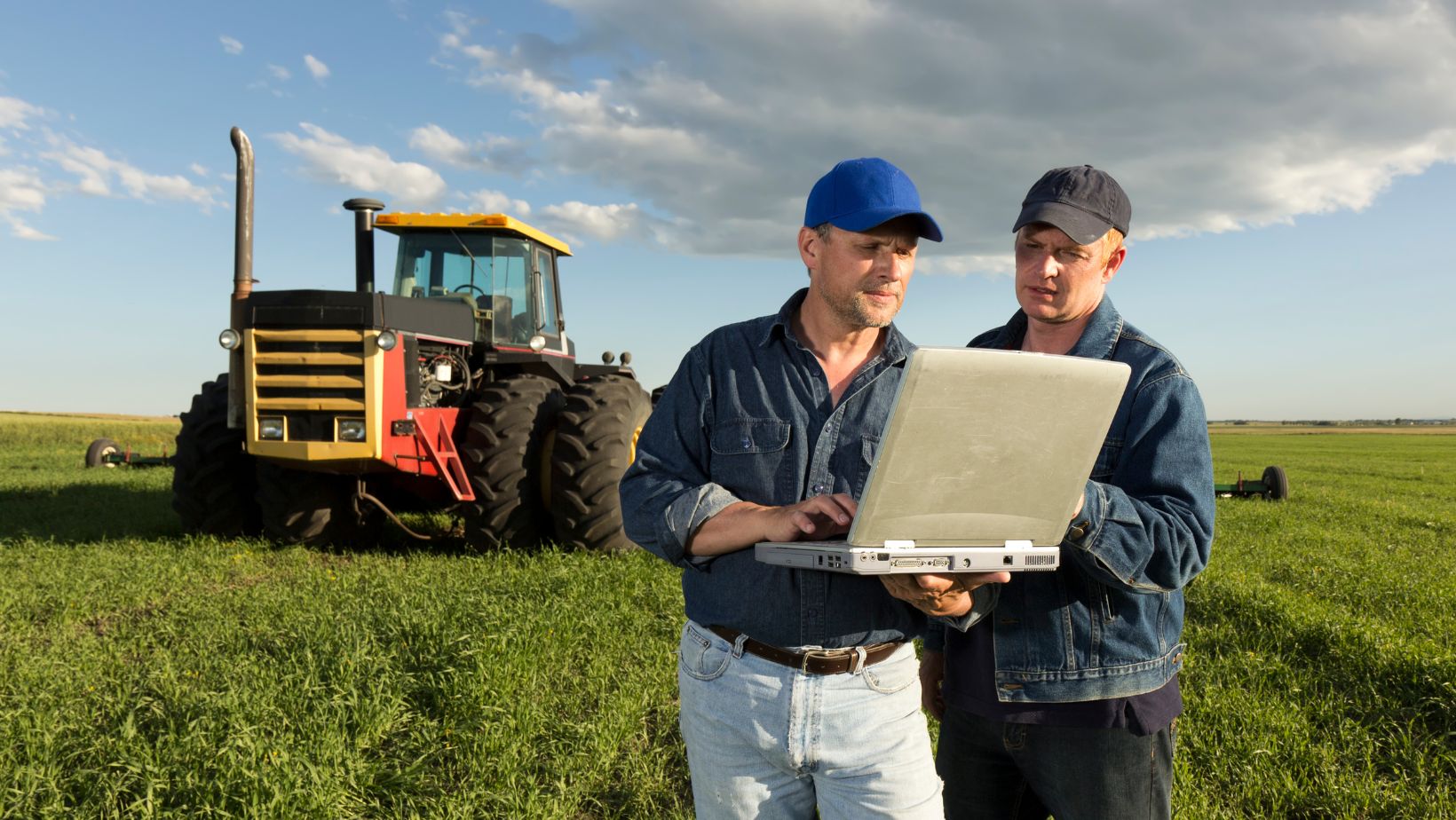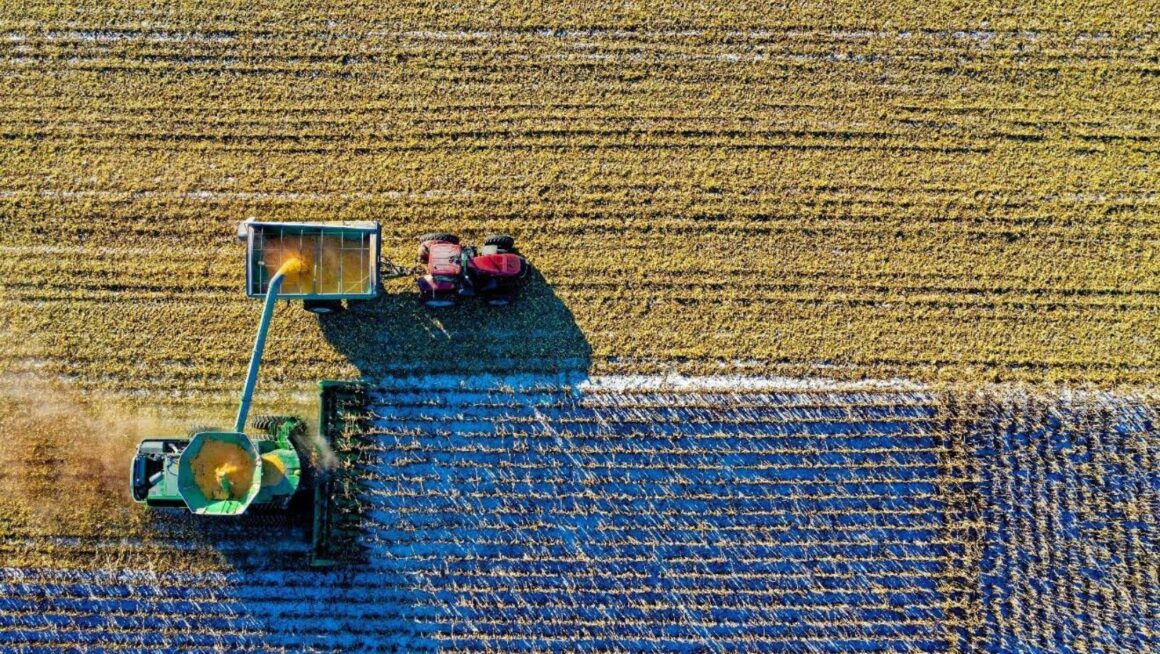Farming trading, a crucial yet often overlooked part of the financial world, plays a key role in managing risks and stabilizing prices in agriculture. This article explores the concept of farming trading, the fundamentals of agricultural futures, the benefits and risks involved, and strategies to succeed in this dynamic market.
What is Farming Trading?
Farming trading refers to the buying and selling of agricultural commodities such as grains, livestock, and dairy products. This trading often takes place in the futures market, where contracts are bought and sold based on the projected price of these goods at a future date. Farmers, traders, and investors use these contracts to hedge against price volatility or to speculate and profit from market movements.
A farmer growing wheat, for example, might sell a futures contract to lock in a favorable price ahead of harvest. This allows them to minimize the risk of falling prices due to an oversupply or other market shifts. Meanwhile, traders might purchase these contracts hoping that prices will rise, enabling them to make a profit.
The Basics of Agricultural Futures
Agricultural futures are standardized contracts in which a buyer agrees to purchase, and a seller agrees to sell, a specific quantity of a commodity at a predetermined price and date. This form of farming trading typically involves commodities like corn, soybean, coffee, cotton, and cattle, among others.
These contracts are traded on specialized markets such as the Chicago Board of Trade (CBOT) or the Intercontinental Exchange (ICE). Participants range from those directly involved in agriculture to large financial institutions seeking diversification in their investment portfolios.
Farming trading through agricultural futures offers two main purposes:
- Hedging Risk: Producers and manufacturers use futures to protect themselves against price fluctuations in raw materials or products.
- Speculation: Investors and traders aim to profit from price changes in agricultural commodities.
Benefits of Farming Trading in Agricultural Futures
Engaging in farming trading offers several advantages for both producers and investors:
Price Stability for Farmers
For farmers, agricultural futures provide a shield against unpredictable market trends. By locking in a future price, they ensure a stable income even in volatile conditions.
Profit Opportunities for Traders
Traders and speculators can earn substantial profits by accurately predicting changes in commodity prices. For example, a sudden drought impacting corn production could lead to a sharp rise in prices, benefiting those holding buy contracts.
Market Efficiency
Trading in agricultural futures improves market efficiency by balancing supply and demand and ensuring a smooth flow of information. Specialized traders, often called the market’s gadgets, help absorb excess supply or demand, maintaining price stability and preventing harmful fluctuations for producers and consumers.

Global Food Security
By providing tools to manage risks, farming trading contributes to the stability of the agricultural supply chain. This helps ensure that essential commodities remain available even during adverse conditions.
Risks Associated with Farming Trading
While there are undeniable benefits, farming trading in agricultural futures isn’t without risks. Here are some key challenges participants face:
Price Volatility
Agricultural commodities are highly sensitive to factors like weather conditions, geopolitical issues, and global demand shifts. This can lead to rapid and unpredictable price changes, increasing the risk for traders.
Leverage Risks
Futures markets often require participants to trade on margin, meaning they only need to pay a fraction of the contract’s value upfront. While this amplifies potential profits, it also increases potential losses, making it a risky venture for beginners.
Complex Market Dynamics
Successful farming trading requires an understanding of global economic trends, domestic policies, and seasonal agricultural patterns. For newcomers, navigating these complexities can be daunting.
Counterparty Risk
Although rare, there is the chance that the other party in a futures contract may fail to fulfill their obligations. This risk is generally mitigated by clearinghouses that back trades, but it’s worth noting.
The Growing Importance of Sustainable Farming Trading
As concerns around climate change and sustainability grow, farming trading is playing a pivotal role in shaping the future of agriculture. By providing mechanisms to hedge against extreme weather events or supply chain disruptions, agricultural futures are helping farmers adapt to new challenges. At the same time, these markets are encouraging the development of sustainable agricultural practices by offering incentives for environmentally friendly production methods.
Final Thoughts
Farming trading in agricultural futures is a powerful tool that not only helps farmers manage risk but also opens the door to profit opportunities for investors. While the market comes with its fair share of complexities and risks, it remains a vital component of the global agricultural economy.

By understanding the basics, leveraging effective strategies, and staying informed, participants can unlock new opportunities in this dynamic market. Whether you’re a farmer securing income or an investor seeking diversification, farming trading offers significant potential in today’s interconnected world of agriculture.




